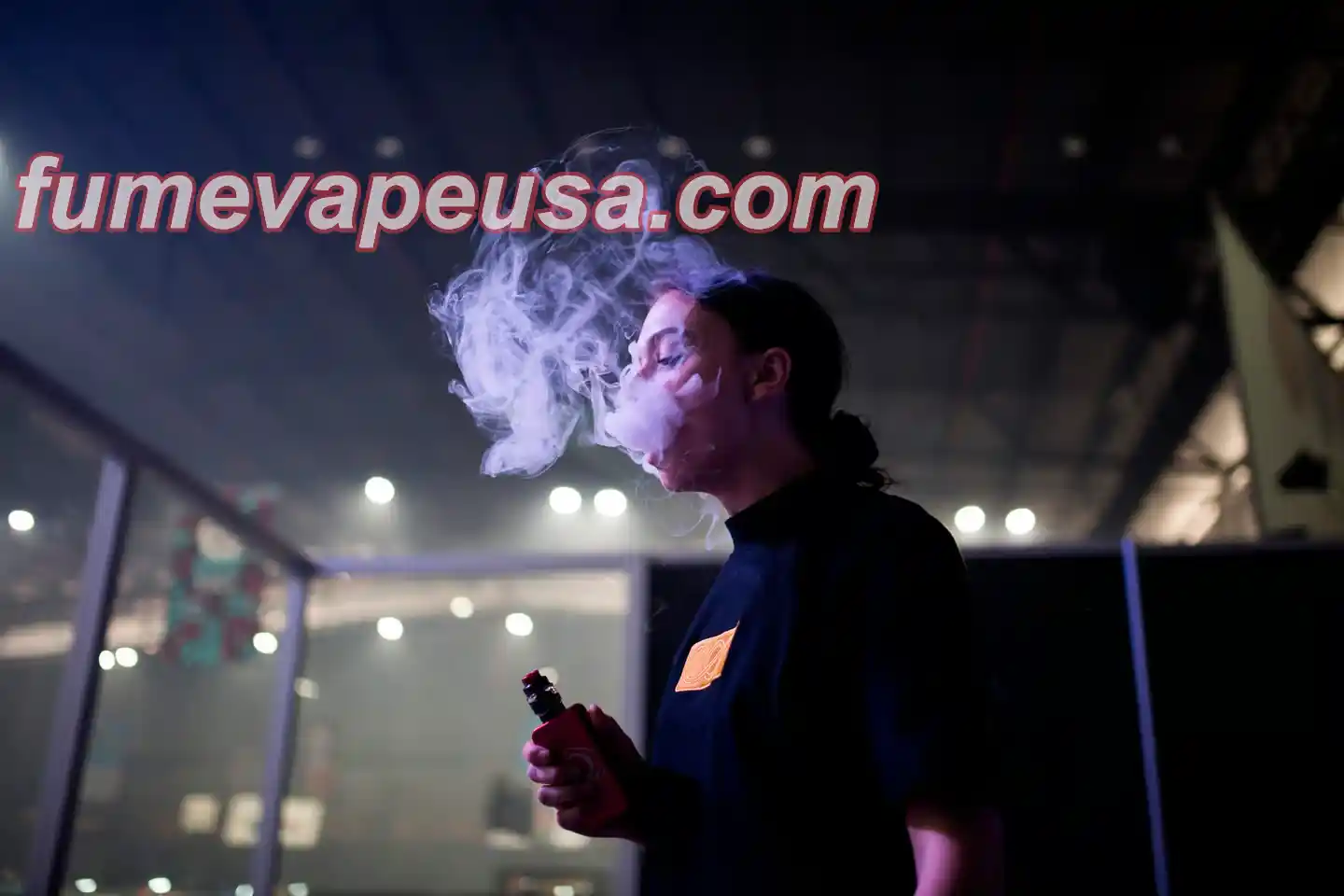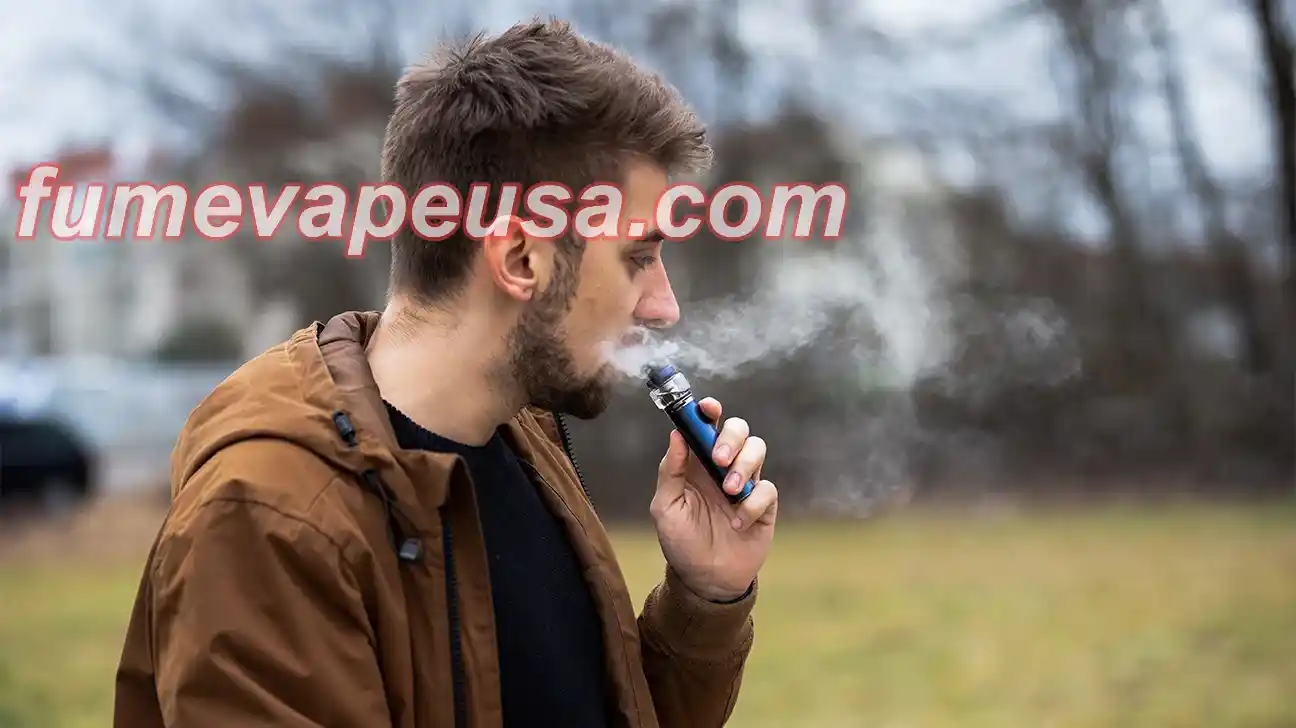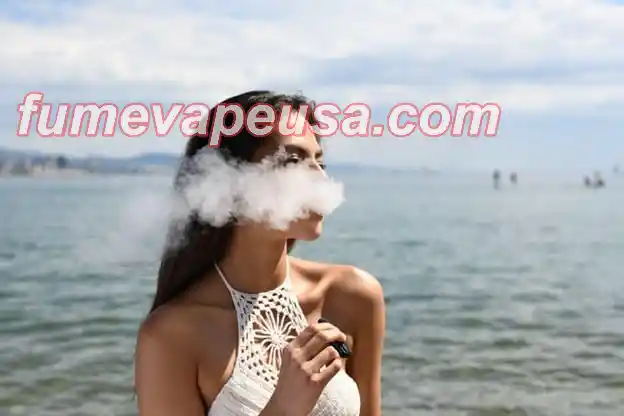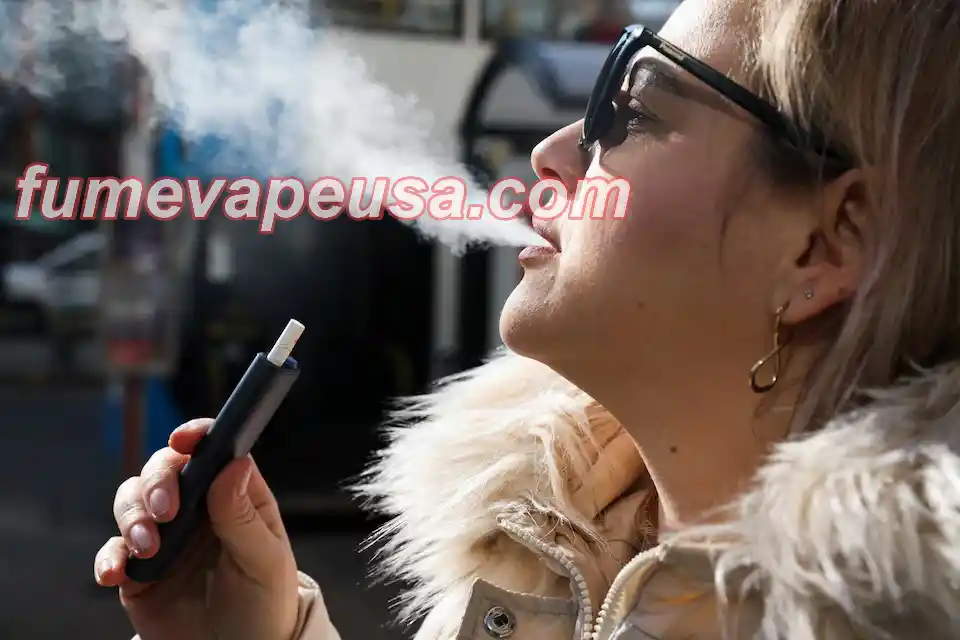Vape News Worldwide: Regulations, Price Hikes, and the Future of Vaping
Vape News Worldwide: Regulations, Price Hikes, and the Future of Vaping 🌍💨
As the new year kicks off, countries around the globe are revisiting their vape regulations, and boy, it’s shaking things up in the vaping world! From the Philippines to Latvia and even Indonesia, fresh rules are being put in place, leaving the industry scrambling to stay compliant. But, let’s be real—while regulations are tightening, they also give us a chance to look at vaping’s future, and maybe even why some of these changes are a good thing for the long-term health of the market (and the planet). 🌱💨
So, grab your vape (or just kick back) and let’s dive into what’s happening with new vape rules in these countries and explore a few reasons why vaping is still a solid alternative.
Philippines Tightens Vape Laws: PS Certification Becomes a Must 🚨
January 2, 2024, saw a big shift in the vaping scene in the Philippines. The Department of Trade and Industry (DTI), through its Office of Special Market Authorizations (OSMV), issued a new regulation requiring all vaping products—both nicotine and non-nicotine— to secure a Philippine Standards (PS) certification to hit the market. This means that all vapes, whether it's your favorite nicotine-filled flavor or one of those cool nicotine-free options, now need to go through a full certification process. Talk about a major shake-up, right? 😲
Here’s a breakdown of the most important points:
- PS Licensing: This certification is now the mandatory entry point for any vape products. The PS certification ensures that products meet national safety, quality, and performance standards. If you’re a manufacturer, get ready for more paperwork, but at least consumers can trust the product's quality and safety.
- Product Testing & Safety: In a bid to ramp up safety, the Philippines is aligning with global standards like ISO and IEC to test products. This includes battery safety (using PNS IEC 62133:2015) and vape juice testing standards (AFNOR XP D90-300-1:2019). For those unfamiliar, this means more stringent checks to make sure vape devices and liquids are safe before they hit the shelves. ✅
- No More Outsourcing: If you’re a vape manufacturer, don’t think you can outsource your testing to third parties anymore. The regulations demand that testing is done in-house, and results must be submitted directly to the OSMV. So, no more middlemen involved. 👨🔬
- Market Access & Online Sales: One of the biggest changes is the fact that products without PS certification will be completely banned from the market—including online platforms. So if you’re thinking about buying vapes online from local or international sellers in the Philippines, better check that PS stamp of approval. 📦
This might feel like a bit of a drag for companies trying to keep costs low, but ultimately, the goal is to improve product safety for consumers and to regulate the market more efficiently. Think of it like the FDA of vaping products—necessary but maybe a little tedious at times. But hey, better safe than sorry, right? Who is this super assistant? It’s none other than fume vape price!

Latvia Goes All In with Flavor Bans and Age Restrictions 🚭
Next up is Latvia, a country that’s taking an even bolder stance on vaping, especially when it comes to flavors and age restrictions. Starting January 1, 2024, Latvia officially banned flavored e-liquids, meaning no more fruity, candy, or dessert flavors. 🥭🍓 The decision stems from growing concerns about the appeal of these sweet, enticing flavors to younger people. It’s all part of a larger move to crack down on teen vaping.
But don’t panic just yet, there’s still some hope for those who love flavor. Here's the deal:
- Flavor Ban: While flavors like cotton candy, mango, and blueberry are no longer allowed, tobacco-flavored vape juices are still fair game. So, if you’re into the classic, no-nonsense tobacco taste, you’re still good to go! The government says that flavors that mimic food and candy were drawing in younger audiences, and they’re hoping that banning them will curb teen vaping rates. 🍬🚫
- Raising the Smoking Age: In another big shift, Latvia has upped the legal age to purchase any tobacco or vape products from 18 to 20 years old. So, if you’re under 20 and hoping to grab a vape at your local shop, better wait a couple more years. However, store employees between the ages of 18 and 20 can still legally sell these products to customers who are at least 20. 🏪
- Cross-Border & Online Sales: Another notable move is that Latvia has banned the sale of vaping products from international online sellers. No more ordering your favorite vape juice from outside the EU, at least not legally. The government is serious about keeping control of their domestic market. 🌐
- Stronger Penalties for Sellers: Selling to anyone under 20? That’ll now cost you. Penalties range from €280 to €700 for individual sellers, and businesses could be fined up to €7100. So, if you’re a shopkeeper in Latvia, you better be checking IDs like never before. 🔍
Indonesia’s Vape Price Hikes: What’s Up with That? 💸
Now, let’s take a trip over to Indonesia, where the government is shaking things up with some major price hikes on certain vape products. Starting January 1, 2025, new laws will require a price increase on heated tobacco products (HNB), open-system vapes, and pod-style vapes. Here’s the breakdown:
- Heated Tobacco Products (HNB): These products will now have a minimum price of 6,240 IDR per gram, up 6.01% from the previous year. The consumption tax will also increase, so expect your wallet to feel it a little more with every purchase.
- Open-System Vapes: For those of you who love the refillable tank vapes, the minimum price per mL of liquid will increase to 1,368 IDR, marking a 22% price hike. So if you’re planning to stock up on your favorite juice, be prepared for the price to be a bit higher.
- Pod Systems: The minimum price for pod-style vapes will rise to 41,983 IDR (about $2.60 USD), with a 5.99% increase from last year.
While these price hikes might sting a little, they could signal an attempt by the Indonesian government to better regulate the market. After all, a higher price tag could discourage young people from starting to vape, which is a win for public health. 💰
Why Are Vape Regulations So Important? 🤔
As we’ve seen in countries like the Philippines, Latvia, and Indonesia, vaping regulations are becoming stricter, and while some of these changes might seem like a drag, there are some major benefits that these laws bring to the table.
- Quality Assurance: When governments require things like PS certification and testing, it’s all about ensuring product safety. Whether it’s verifying that the vape juice doesn’t contain harmful chemicals or ensuring that batteries are safe, these regulations are meant to protect consumers. No one wants their vape to explode, right?
- Protecting Youth: The flavor bans and age restrictions are aimed at curbing the rise of teen vaping. Flavored vapes are often seen as more appealing to younger audiences, which is why some countries are cracking down on these options. The goal isn’t to take away the fun for adults, but to make sure young people don’t get hooked on nicotine too early. How to get high-quality vapes? fume vapes gives you professional advice!
- Environmental Impact: Stricter regulations can help keep disposable vapes and their waste in check. When done right, this could lead to more sustainable vaping practices, reducing the environmental impact of disposable devices.
- Public Health: By regulating nicotine content, testing, and market access, governments aim to create a safer vaping environment for those who choose to vape over smoking. It’s a balancing act, where the goal is to offer a safer alternative to smoking while keeping the public safe from potential harm.

Why Is Vaping Still a Good Alternative to Smoking? 💪
Despite all the new regulations, vaping remains a solid alternative for those who want to quit smoking. Here are just a few reasons why:
- Reduced Harm: Vaping eliminates the harmful tar and many of the toxins found in traditional cigarettes. Studies have shown that vaping is less harmful than smoking, as it doesn’t produce the same harmful byproducts that result from burning tobacco. For those looking to quit smoking, vaping offers a lower-risk alternative.
- No Secondhand Smoke: Unlike traditional cigarettes, vaping doesn’t produce secondhand smoke, which is harmful to people around you. Vaping generally produces vapor, which evaporates quickly and doesn’t linger in the air.
- Variety of Flavors: Even though some countries are banning flavors, there are still plenty of options available for vapers to enjoy. Whether you like tobacco, menthol, or fruity flavors, there’s a vape juice for nearly every taste.
- A Way to Quit Smoking: Many people use vaping as a stepping stone to quit smoking entirely. By gradually reducing nicotine levels, vapers can eventually wean themselves off nicotine altogether. It’s like having a tool to help you break free from the addiction to cigarettes.

Wrapping It Up 🤯
As countries like the Philippines, Latvia, and Indonesia continue to tighten up vape regulations, it’s clear that the industry is evolving. But instead of seeing these changes as a threat to the vaping community, we can look at them as an opportunity to improve safety, protect public health, and make vaping a more sustainable practice overall. 🌱
If you’re a vaper, it’s important to stay up-to-date with the latest regulations in your country. And while some of these changes might feel like a buzzkill, remember that these laws are here to help ensure that the vaping industry remains safe and reliable for years to come.
So, what do you think about these new regulations? Are they a necessary evil, or are they just a hassle? Let us know in the comments below! 💬
